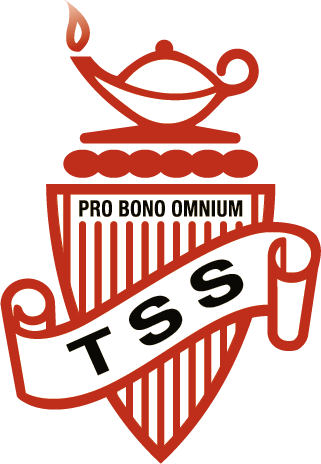Transition Planning 19+
24:25Transition Planning Guide.pdf
Each student should have a Child & Youth with Special Needs Social Worker (CYSN SW).
If you don’t know who that is, please call 604 660 5437 then press 1 and ask who is their CYSN Social Worker and you should then be connected to that person.
VSB Psych Ed. reports are updated by VSB, around the age of 18, in order to facilitate the CLBC and PWD application process.
Most of our students can receive PWD supports at 18, and CLBC supports at 19.
Wait lists for CLBC Adult Day Program placement can take 3 to 12 months after school graduation. 
http://findsupportbc.com/timeline/
Additional Year 12+
Some Students can have an additional year (until they turn 19 in that school year). The District Learning Team must first confirm eligibility and determine which school program will be offered during the extra year (as it's not always in the same school program). The DLS team meets each Fall to review each student profile and outline the purpose of the extra year, with a focus on transition-to-adulthood.
Pam Neuman E: pneuman@vsb.bc.ca
24:25Transition Planning Guide.pdfPam Nueman - Parents are welcome to request help from Pam to facilitate and coordinate transition plans, meet with social workers and CLBC facilitators, inform teams/students about college programs for students with diverse abilities, and support employment and other community programming for students as they transition to adult life.
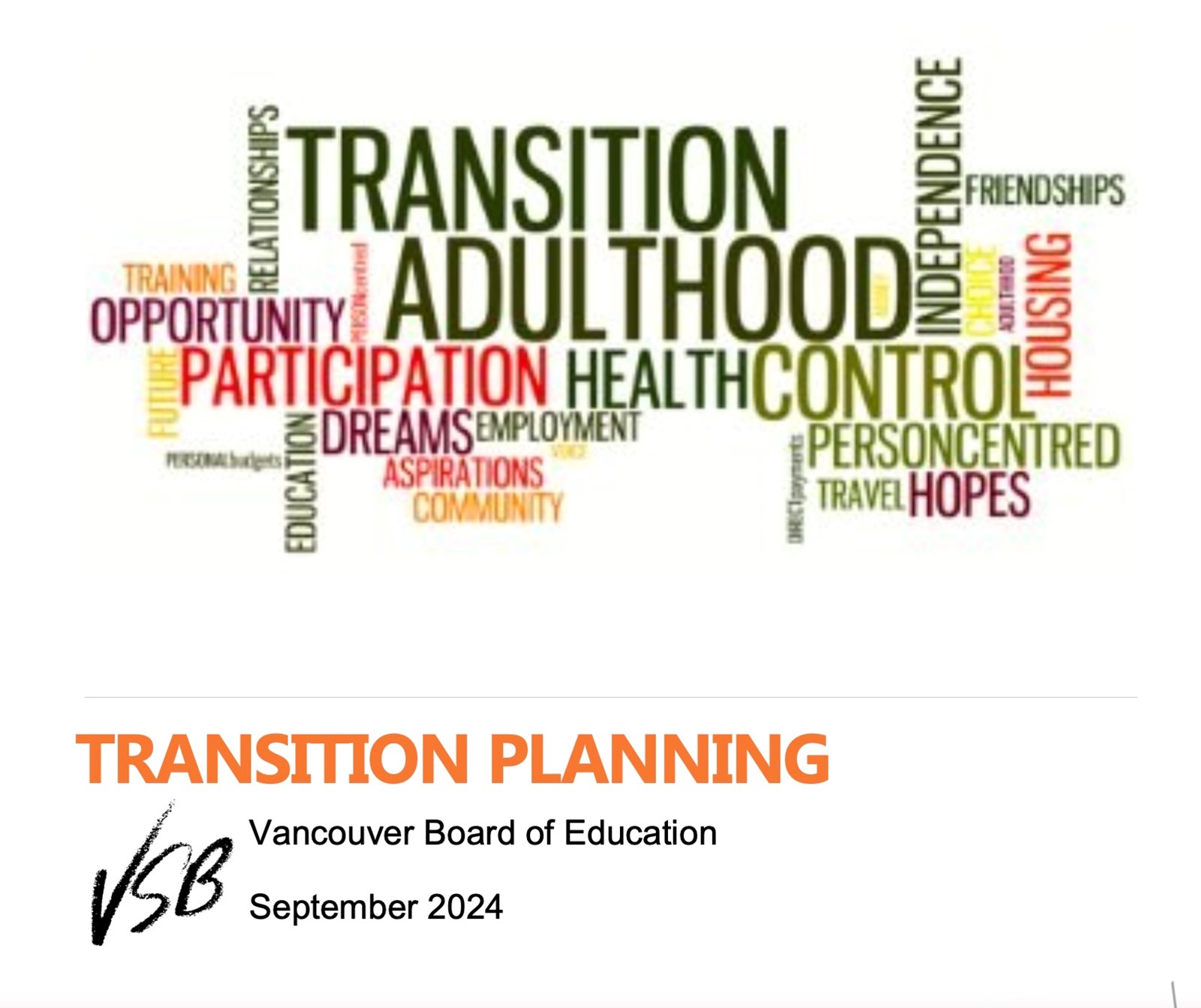
Quick links:
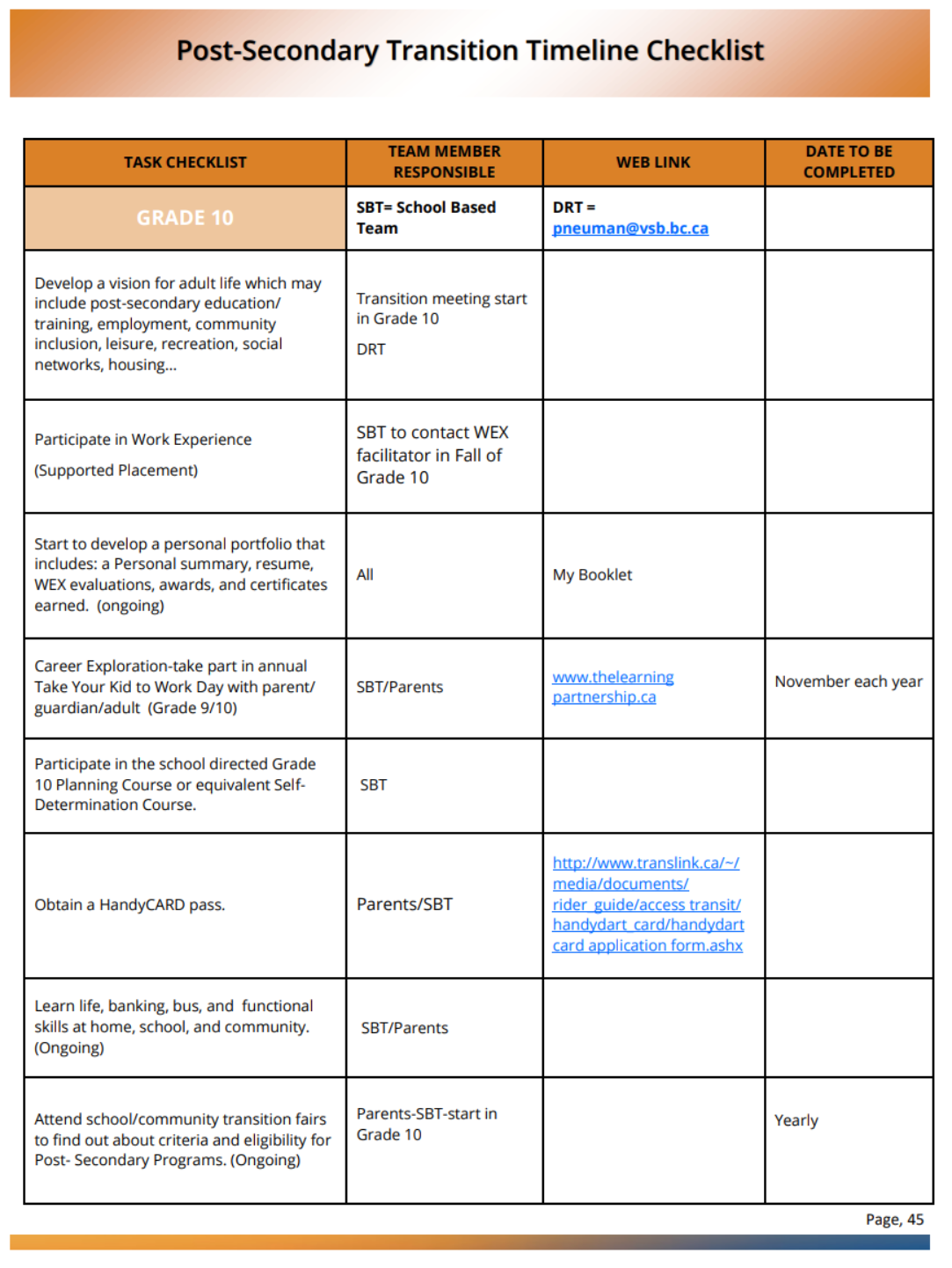
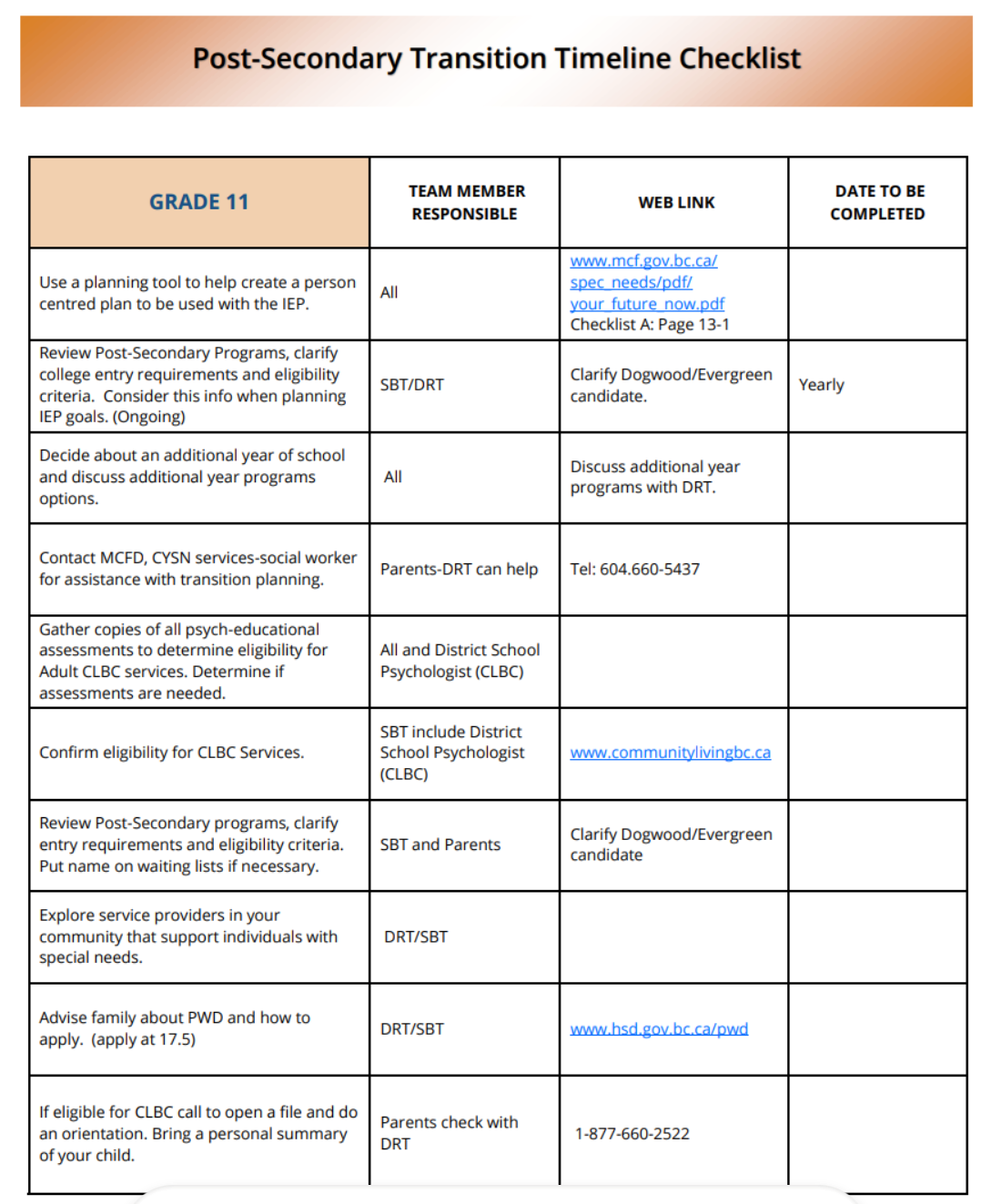
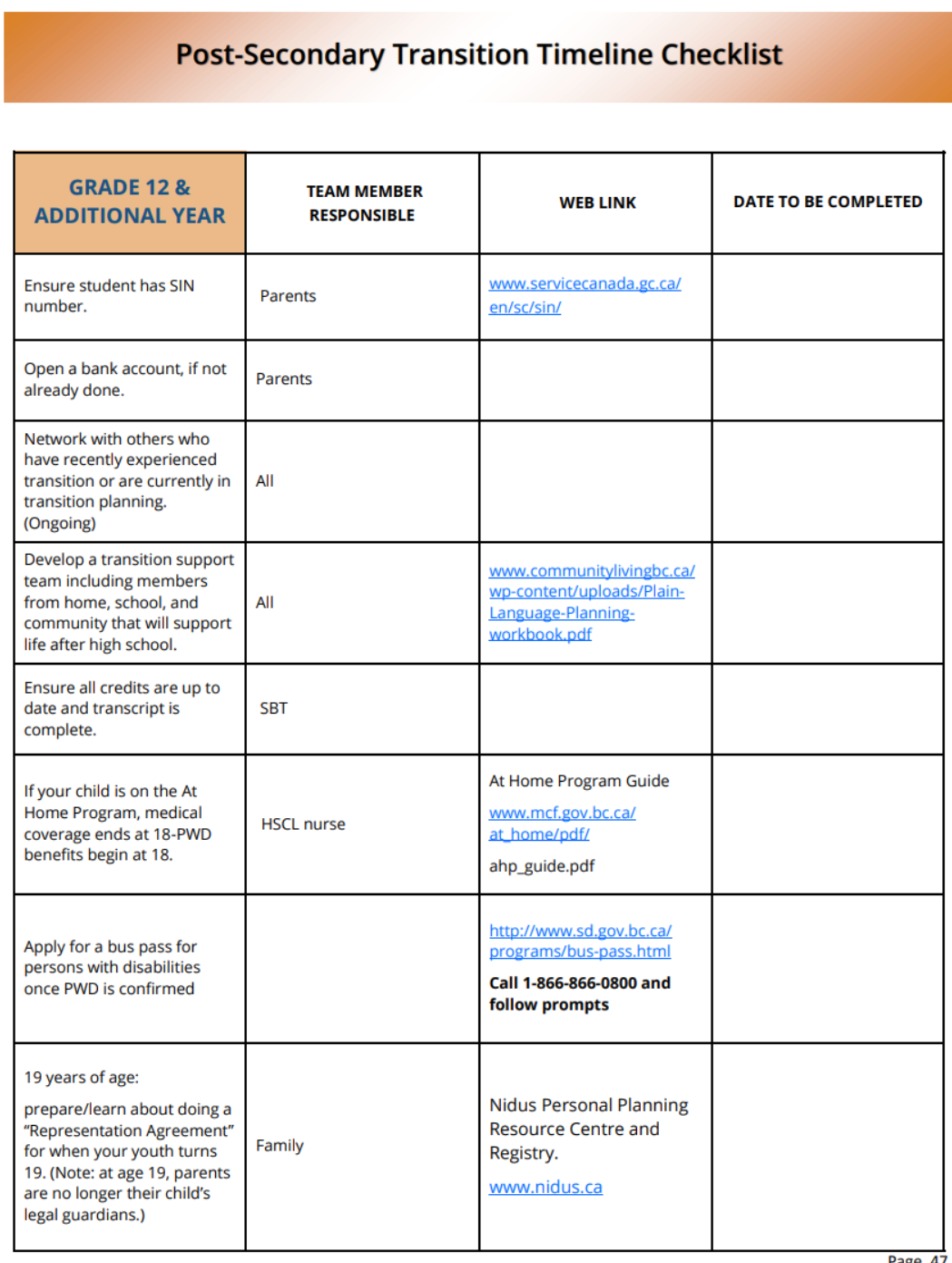
Community Living BC Welcome Workshops 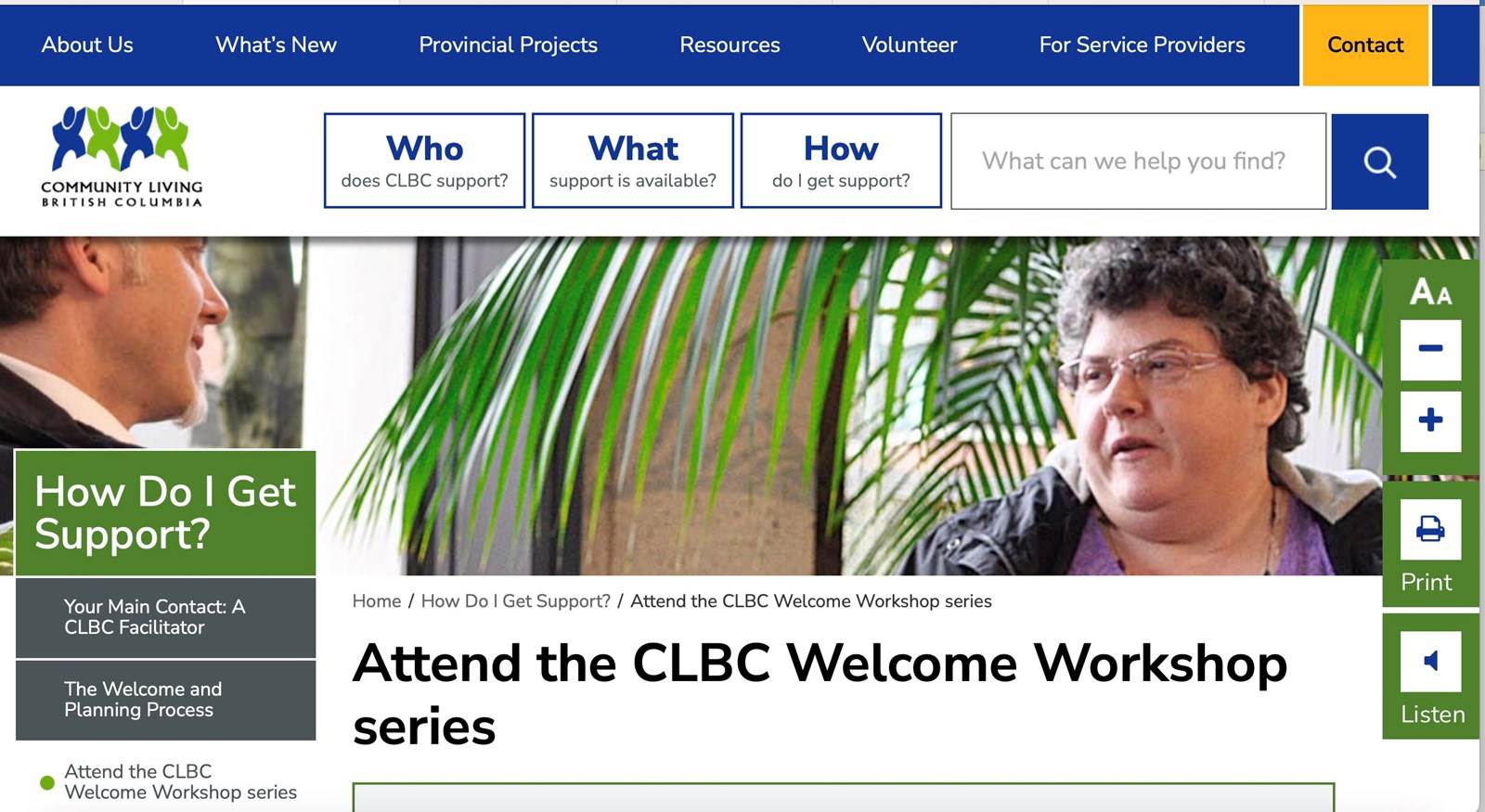
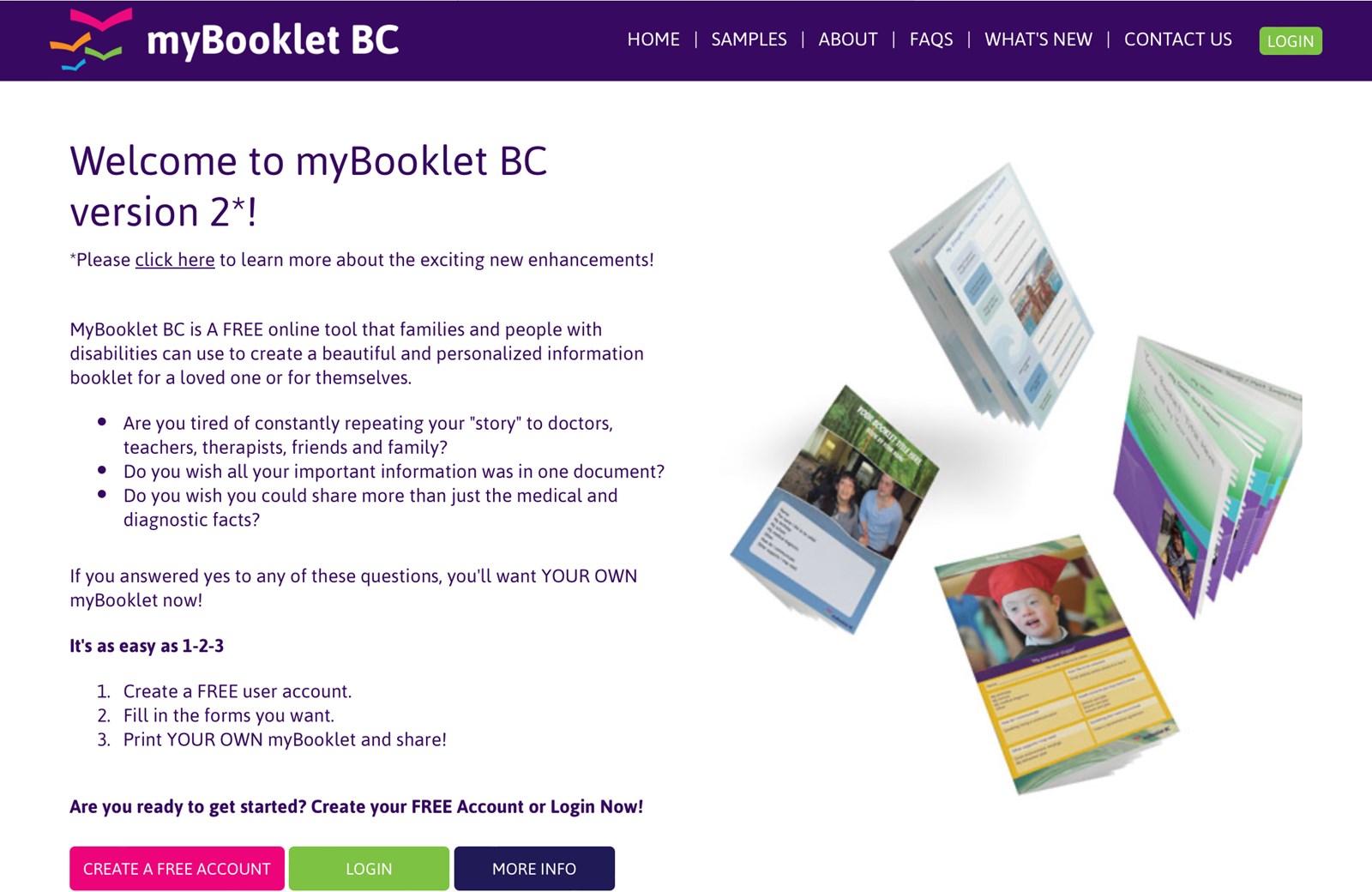
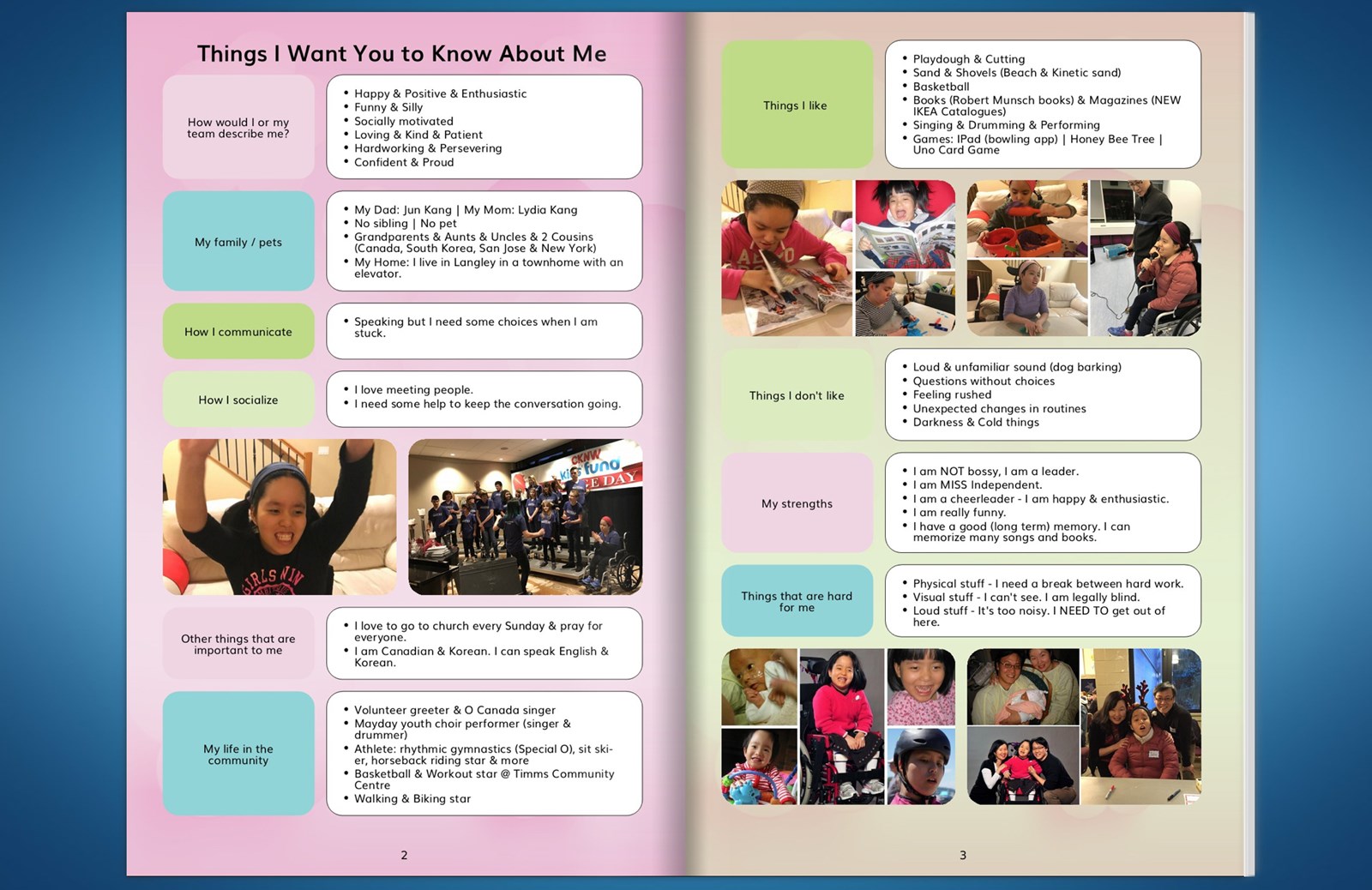
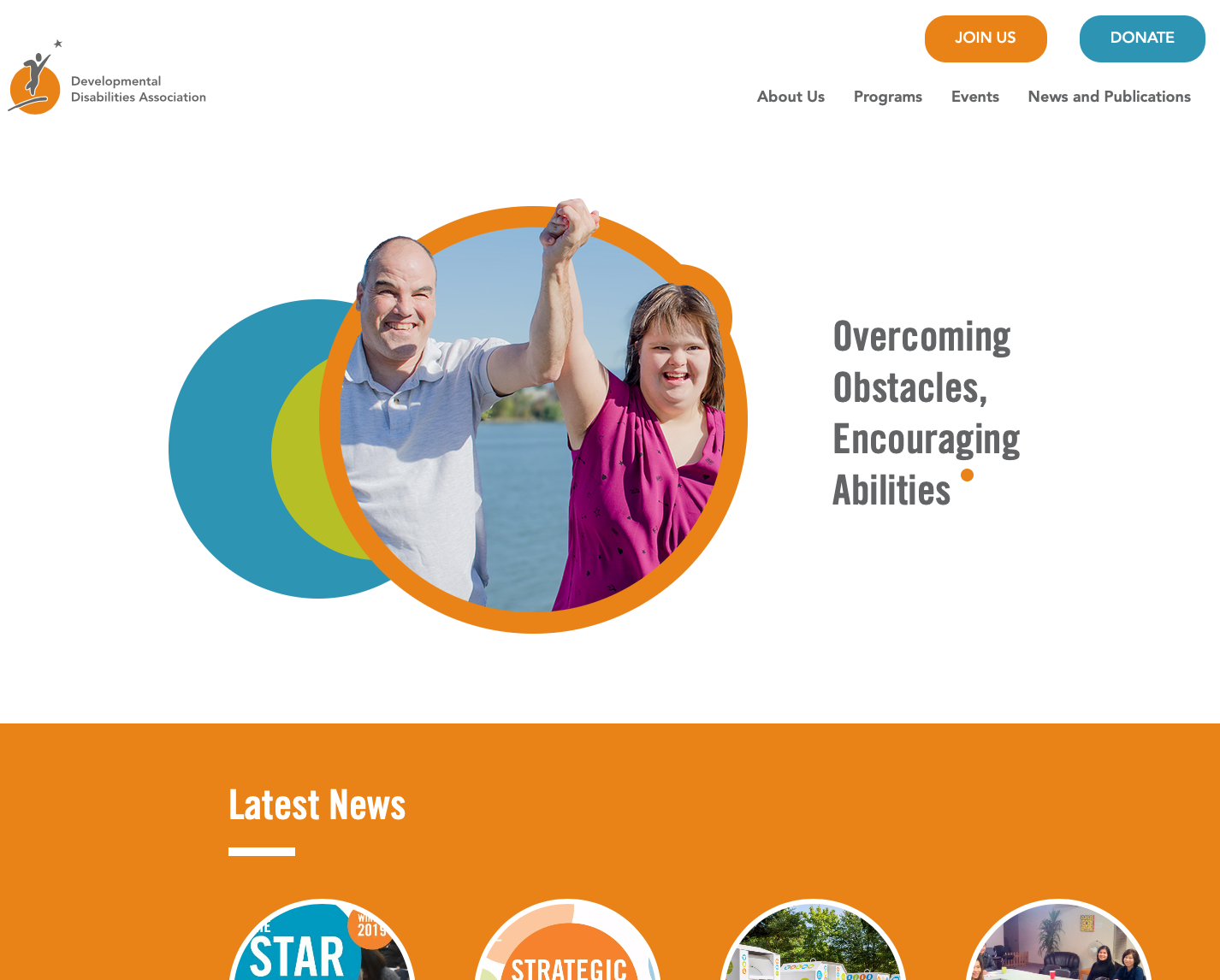
Developmental Disabilities Association

